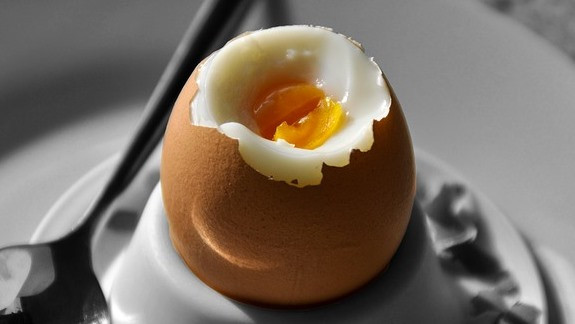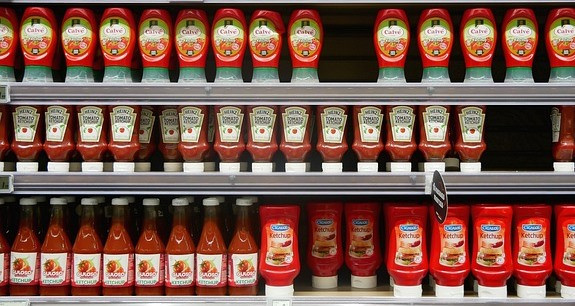Nutritional Analysis
The nutritional content of food is calculated using nutritional analysis.
All macronutrients have different energy values. The energy level in foods can be calculated in kilojoules (kj) or much more commonly kilocalories (kcal). When we talk about calories in food we usually mean kilocalories.
To start our calculations we need to know the energy value (kcal) of each of the main macronutrients per gram.
1 gram of fat = 9 (kcal) energy value.
1 gram of protein = 4 (kcal) energy value.
1 gram of carbohydrate = 4 (kcal) energy value.
Calculating the energy value of a boiled egg

A boiled egg contains the following macronutrients: approximately 7g of fat, 9g of protein and 0.6g of carbohydrate.
To calculate the energy value we multiply the macronutrient content by the energy value.
Fat 7g x 9 (kcal) = 63 kcal
Protein 9g x 4 (kcal) = 36 kcal
Carbohydrate 0.6g x 4 (kcal) = 2.4 kcal
We then add up the total: 63 +36 + 2.4 = 101.4 kcal.
You will not have to perform these calculations yourself you will just need to know where to find online nutritional data calculators. This software needs to show both the energy and nutritional values contained in food.
A great online calculator to use is by British Nutrition Foundation called explore food. The calculator can be found here https://explorefood.foodafactoflife.org.uk/Calculator/Recipe
The calculator allows you to input ingredients of a recipe and the weight of each food used. It will then calculate the energy and nutrients in the entire meal.
Packaged food labelling
All packaged food by law must include nutritional labels.
Macronutrients are listed alphabetically and contain information about the number of kilocalories and the quantity of fibre, carbohydrates and sugars, proteins and salts contained. Allergy advice is also included.
How to make meals healthier
You can refer to the Eatwell guide to help you make your recipes healthier.
You can reduce sugar, salt and saturated fats and increase the fibre content of your meals by doing the following:
To reduce sugar: use fewer condiments with high sugar values such as BBQ sauce and ketchup.

To reduce salt: create your own sauces from scratch, shop bought sauces in jars contain high amounts of salt. Other seasonings such as herbs and chilli can be used to create flavour.
To reduce saturated fat: use low fat vegetable oils and spreads. Eat lean cuts of meat or poultry.
To increase fibre: eat wholemeal bread and pasta. Eat more beans and lentils and vegetables with your meals.
